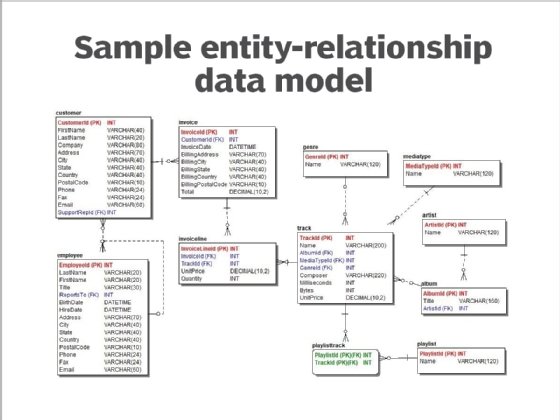


BP analysis is usually performed by simulating the BP behaviour under various conditions and potential “what-if” scenarios and/or sensitivity analysis prior to its implementation. The purpose of business process modelling is to develop a model that reflects the organisation and functionality of an existing or new business process and is as such a predecessor to business process simulation that is usually executed by using of business process simulation tools or softwares.

Optimisation of BPs requires usage of modelling techniques and simulation tools. Introducing new or updating an existing BP without proper analysis may lead to significant deterioration of the company’s performance.

However, dealing with improper specification of a BP can have significant negative consequences. The process view looks at the functioning of the company from the customer’s perspective. The clarity of their definition and regular optimisation is essential for company’s overall success and profitability. BPs represent an essential part of every organisation, regardless of size or industry. In particular, BPs are considered to be value-added processes that are only executed when added value to the input or the activity from the customer’s perspective can be achieved. This is the fundamental differentiator between terms such as BP on one hand and support process, organisational department/unit, etc. The work was also supported by the Creative Core FISNM-0033 "Simulations’’ project funded by the European Union, the European Regional Development Fund.Ĭompeting interests: The authors have declared that no competing interests exist.Ī business process (BP) is defined as a collection of related and structured activities with the aim to create outputs that are produced to serve customers’ needs. This is an open access article distributed under the terms of the Creative Commons Attribution License, which permits unrestricted use, distribution, and reproduction in any medium, provided the original author and source are credited.ĭata Availability: All relevant data are within the paper and its Supporting Information files.įunding: The authors acknowledge the support of the Slovenian Research Agency through Research Programme P1-0383, and Research Project J1-5454. Received: DecemAccepted: JanuPublished: February 12, 2016Ĭopyright: © 2016 Damij et al.
Hierarchical and sequential process modeling tools software#
Finally, the effectiveness of the proposed hierarchical model is assessed by comparing the resulting rankings of BPSS with respect to currently available results.Ĭitation: Damij N, Boškoski P, Bohanec M, Mileva Boshkoska B (2016) Ranking of Business Process Simulation Software Tools with DEX/QQ Hierarchical Decision Model. Secondly, a fully operational decision support system (DSS) tool that implements the proposed hierarchical model is presented. Firstly, the proposed hierarchical model is easily extendible for adding new criteria in the hierarchical structure. There are three significant contributions of the proposed approach. Consequently, the decision expert feeds the required information in a systematic and user friendly manner. Addressing this issue, this paper proposes a new hierarchical decision support model for ranking of BPSS based on their technical characteristics by employing DEX and qualitative to quantitative (QQ) methodology. The currently established decision support models are either proprietary or comprise only a limited subset of criteria, which affects their accuracy. Therefore, various decision support models are employed aiding the BPSS tool selection. Under such circumstances, making an optimal decision is challenging. Characterisation of an BPSS tool is a challenging task due to the complex selection criteria that includes quality of visual aspects, simulation capabilities, statistical facilities, quality reporting etc. An effectual business process simulations software (BPSS) is a prerequisite for accurate analysis of an BP. Minimising the risk of inappropriate BP being implemented is usually performed by simulating the newly developed BP under various initial conditions and “what-if” scenarios. The omnipresent need for optimisation requires constant improvements of companies’ business processes (BPs).


 0 kommentar(er)
0 kommentar(er)
